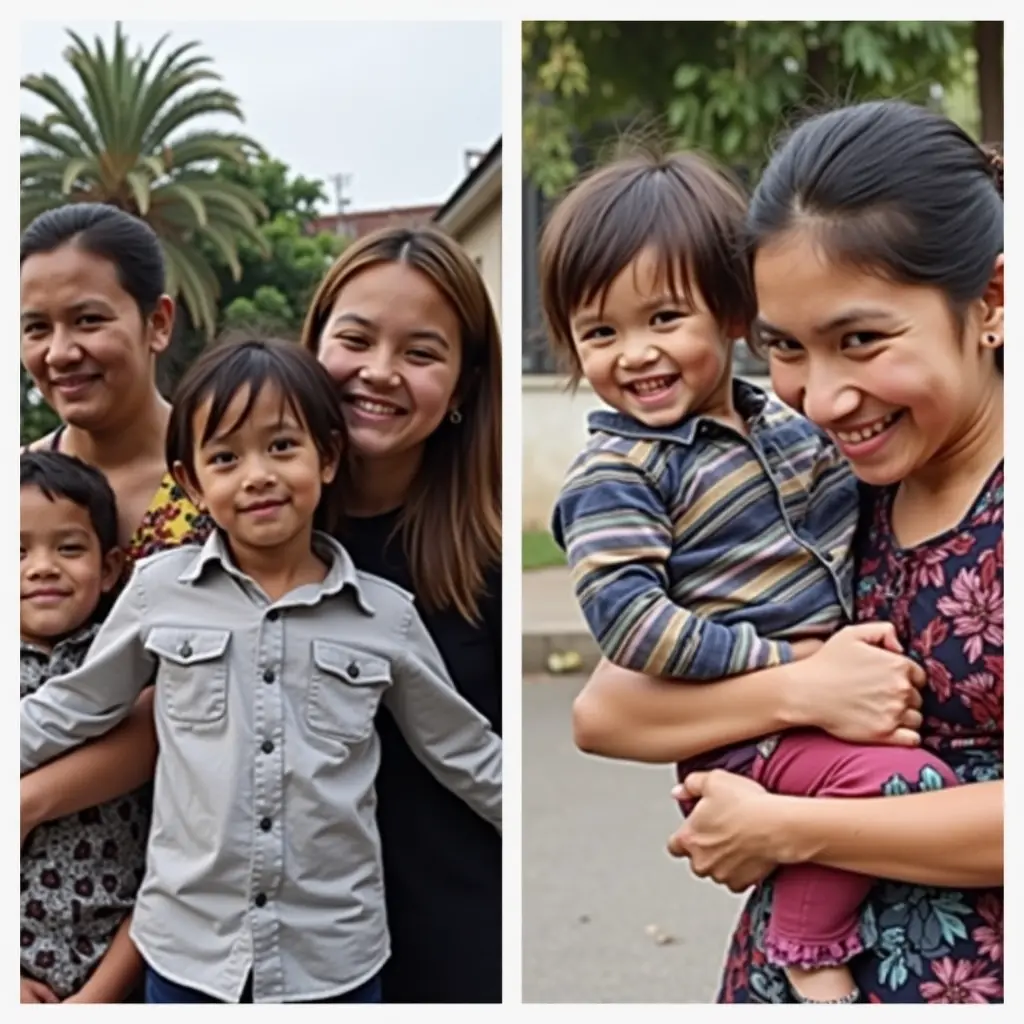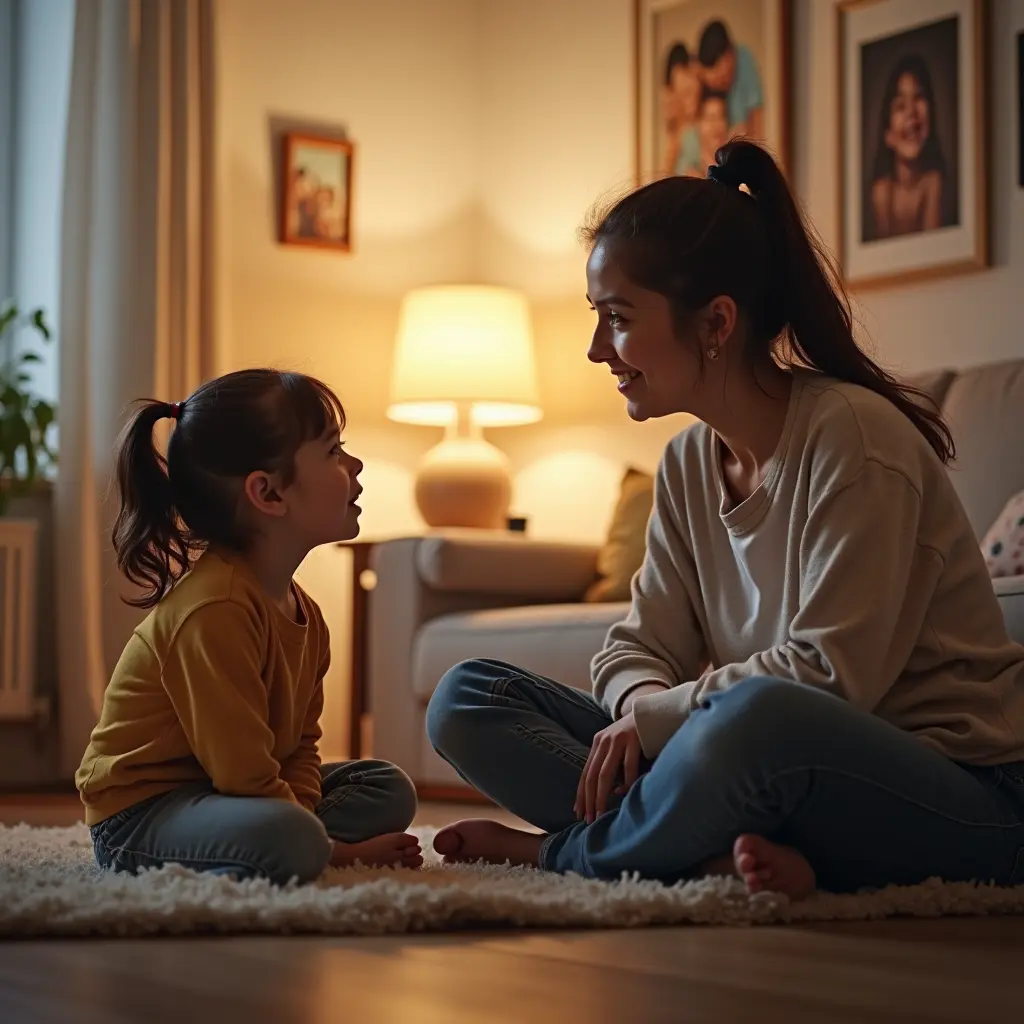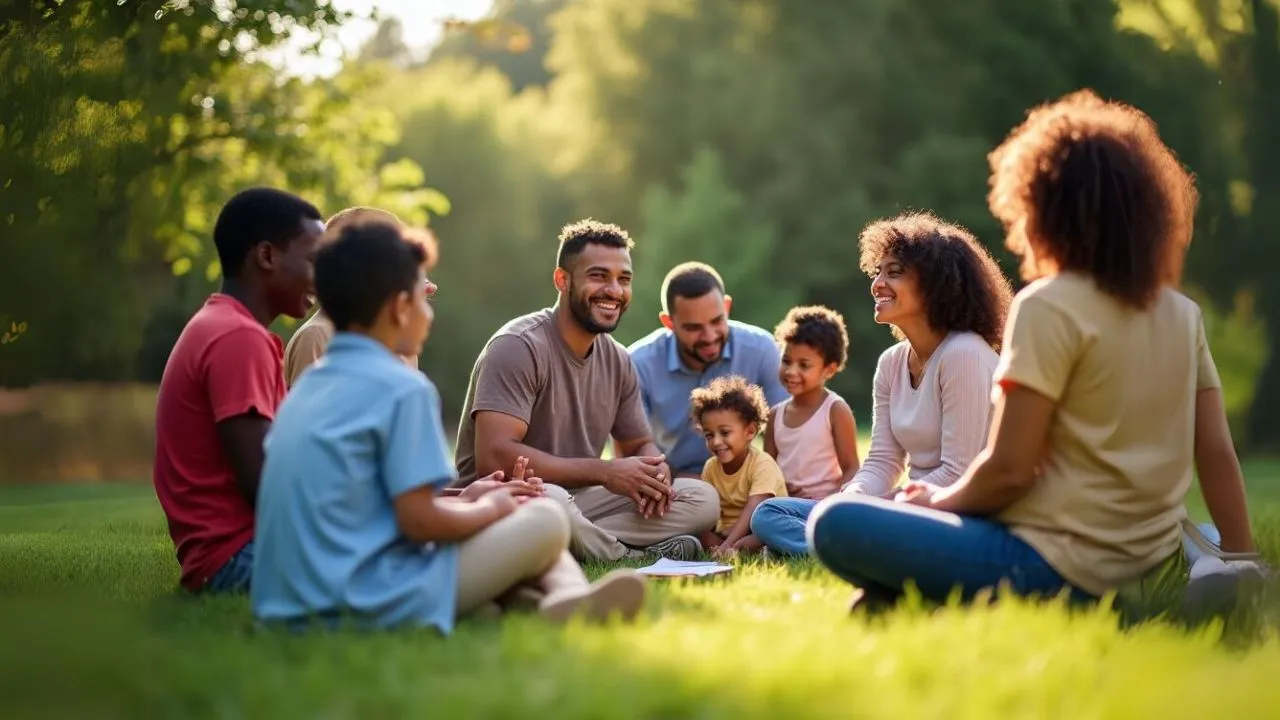Learn Strategies To Prevent Childhood Trauma

Childhood trauma can leave lasting scars, affecting mental, physical, and emotional well-being. It is an adverse childhood experience that, if left unaddressed, can lead to numerous health problems later in life.
But here’s the good news: we can prevent childhood trauma and help children thrive by creating nurturing, supportive environments. Imagine creating environments where children feel supported and valued, where fear and uncertainty are replaced with stability and love.
Experts recommend some powerful strategies. These strategies can prevent childhood trauma. They address adverse childhood experiences and ensure a brighter future for our children.
Key Takeaways
What is Childhood Trauma?
Childhood trauma is a deeply distressing experience. It overwhelms a child’s ability to cope. It affects their view of the world and their ability to function. It can result from events such as abuse, neglect, witnessing violence, or the sudden loss of a loved one.
Trauma changes a child’s perspective of the world. It can have long-lasting impacts on their mental health. It can also affect their emotional and physical health.
Children experiencing trauma may feel unsafe, helpless, and overwhelmed. The effects of trauma can vary widely, some children may exhibit behavioral issues, such as aggression or withdrawal.
Others may experience anxiety, depression, or physical symptoms like headaches or stomachaches. Early intervention and support are crucial to help children process and recover from traumatic experiences.

What are Adverse Childhood Experiences?
Adverse Childhood Experiences (ACEs) are potentially traumatic events that occur during childhood (0-17 years). These experiences can include various forms of abuse, neglect, and household dysfunction. Here are some examples of ACEs:
ACEs are linked to an increased risk of developing mental and physical health problems later in life. These issues can include heart disease and chronic health conditions.
Understanding and addressing ACEs is crucial in preventing long-term negative impacts on a child’s well-being.

What is Transgenerational Trauma?
Transgenerational trauma, or intergenerational trauma, refers to how trauma is passed from one generation to the next. It often affects family dynamics and emotional health.
This can happen when unresolved trauma experienced by parents or grandparents affects how they interact with their children.
Often, they pass down the emotional and psychological consequences of their own adverse experiences. This cycle can continue if not recognized and addressed, impacting multiple generations within a family.
For example, a parent who experienced abuse or neglect as a child might unknowingly replicate similar patterns of behavior. They may also struggle to form healthy attachments with their children.
The emotional scars from past traumas can show up in many ways, such as anxiety, depression, or difficulty managing emotions. These issues can become ingrained in family dynamics and affect the well-being of the next generation.
Breaking the cycle of transgenerational trauma means recognizing the signs and understanding where those emotional challenges come from. It also involves getting the right support, whether family therapy, counseling, or just having someone who truly listens.
Therapeutic interventions, such as family therapy or trauma-informed counseling, can assist individuals in processing past traumas. They can also improve family communication. These interventions build healthier relationships.
It’s also essential to foster resilience in children to prevent the continuation of trauma. Create a supportive and nurturing environment. Encourage open communication.
Build emotional intelligence. These steps are key to helping children break free from the cycle of inherited trauma.

What is Childhood Traumatic Stress?
Childhood traumatic stress is a child’s physical and emotional response to adverse experiences. These experiences include abuse, neglect, or witnessing violence.
When children face these types of traumatic events, they may develop reactions that can significantly affect their health and well-being.
This stress can manifest in both physical and mental health problems. It may lead to anxiety and depression. It can even result in chronic conditions like heart disease later in life.
Research has shown that adversity during childhood can lead to a wide range of negative health outcomes. The effects of childhood traumatic stress can be long-lasting and impact a child’s ability to thrive both emotionally and physically.
It’s important to recognize the signs of traumatic stress early to provide the necessary support and interventions. You can learn more about how childhood traumatic stress affects health. Refer to this study for detailed information.

12 Ways We Can Prevent Childhood Trauma
Preventing childhood trauma takes a community effort. There are many strategies we can use to help our children feel secure, supported, and resilient.
Let’s explore twelve practical ways we can make a difference in their lives.
1. Promoting Positive Experiences
Creating positive experiences helps children feel safe, valued, and loved. These experiences can be as simple as family picnics, cooking together, or bedtime stories. Think about how a simple game of catch can brighten a child’s day, it’s the little things that matter.
A child thrives on the feeling of love and security. I still remember when I was little, my parents used to take me to the beach every Sunday. We’d build sandcastles and pretend we were knights protecting a kingdom.
That feeling of fun and closeness made me feel safe. Small moments like these build resilience and confidence in children, serving as a protective buffer against trauma.
Explore how to create more positive experiences with your child.
2. Effective Communication: Opening Doors to Emotional Safety
Children who can openly share their feelings tend to navigate difficult situations more easily. Encouraging kids to talk about their thoughts, without fear of being judged, can reduce anxiety.
It’s like when you’re carrying a heavy backpack. Someone comes along to help. Suddenly, the load feels a lot lighter, doesn’t it?
Tip: Set aside time each day when you just listen to your child. It could be during dinner or right before bedtime. Let them know their voice matters.
Learn more about how to communicate effectively with children to foster trust and emotional security.
3. Enhancing Resilience: Teaching Coping Skills
Resilience is like a mental muscle. You build it by practicing. When children learn to overcome setbacks, they gain confidence and a sense of mastery over their challenges.
How to help: Celebrate small achievements. Praise your child for trying, even if they don’t succeed. This builds a mindset that embraces growth and helps them handle setbacks better in the future.
Read more on building resilience in children.
4. Maintaining a Balanced Lifestyle
A well-balanced lifestyle, nutritious meals, regular exercise, and enough sleep, helps children cope with stress more effectively. Think of it as the foundation for their overall well-being.
Practical Advice: Encourage physical activities like biking or dancing. A tired body often means a calm mind, which can significantly help children process difficult emotions.
For more on keeping a balanced lifestyle, check out mind-body connection tips.
5. Breathing Techniques to Manage Anxiety
Breathing is an incredible tool for managing stress, and it’s free! Teaching your child simple breathing exercises can help them manage anxiety and feel in control of their emotions.
Try This: The “balloon breath” exercise. Ask your child to imagine they are blowing up a balloon. Slow, deep breaths in, and slowly blow out. It’s a simple way to calm nerves.
Subscribe to Create Higher Vibrations!
Get Inspiration and Practical advice straight to your inbox.
6. Educating on Rights and Recognizing Abuse
Teaching children about their rights, what’s okay and what’s not, empowers them. Kids who know what abuse looks like are more likely to recognize it and seek help.
Role-playing can be an effective way to teach this. Act out different scenarios so they learn to recognize and react appropriately.
7. Community Involvement: The Power of Support
It takes a village to raise a child. Community programs provide valuable resources for parents and kids. They create a strong support network through after-school activities or parenting classes.
After-school activities and parenting classes offer valuable support. The more support a child and their family have, the less likely they are to face trauma. It’s like having a safety net, you may not always need it, but it’s comforting to know it’s there.
For ideas on community involvement, check out ways to make a positive impact in your community.
8. The Role of Nutrition in Mental Well-Being
Healthy eating doesn’t just keep the body fit; it also supports emotional balance. Proper nutrition provides the essential vitamins and minerals necessary for maintaining good mental health.
Pro Tip: Cooking together is a fun way to bond and helps children learn about healthy foods. Plus, it gives them a sense of pride in the meals they help prepare.
9. Physical Activity as a Coping Mechanism
Exercise releases endorphins, those feel-good chemicals that boost mood. For children, physical activity can be a great outlet for any pent-up energy or stress.
Get creative! It doesn’t have to be a structured sport. Jumping rope, hiking, or even a dance-off in the living room all work wonders.
10. Creating a Stable Home Environment
A stable home environment is crucial. This doesn’t mean perfection, but predictability. When children know what to expect, routine mealtimes, bedtime, and family movie nights, they feel secure.
Fun Fact: Kids love routine more than you think. It’s like their security blanket—a little bit of structure goes a long way.
11. The Importance of Emotional Intelligence
Helping your child understand their emotions and those of others is like giving them a map to navigate their world. Emotional intelligence enables children to understand what they’re feeling and how to express it in a healthy way.
Activity Idea: Draw faces showing different emotions. Have your child name each one and share a time they felt that way.
Discover more ways to nurture emotional intelligence.
12. The Role of Educators and Schools
Schools play a key role in preventing trauma. Teachers can be powerful allies. They are often the first to notice when a child is struggling. They can help connect families with the resources they need.
Open communication between parents, children, and teachers can be a strong line of defense.
Suggestion: Reach out to your child’s teacher and discuss any challenges your child faces. Building that partnership creates a more supportive environment for the child.
FAQs About Preventing Childhood Trauma
Signs include withdrawal, anxiety, changes in behavior, sleep issues, and difficulty focusing. If you notice these, consider seeking professional help.
Encourage them to try new things, praise their efforts, and let them know it’s okay to make mistakes. This helps them learn to navigate challenges.
Absolutely! Simple techniques like deep breathing can help calm the nervous system and reduce stress levels.
Community programs offer resources and support that can help reduce stress for both parents and children, fostering a more stable environment.
Consistency is key—establish routines, spend quality time together, and create an open atmosphere for sharing feelings.
Final Takeaway
Preventing childhood trauma is a journey we’re all in together. It takes dedication, compassion, and a strong support network for every child and family. We can foster resilience.
We should nurture supportive environments and break the cycle of trauma. In doing so, we can create a world where kids feel safe, valued, and ready to thrive.
Let’s commit to evolving and healing as a community. Whether it’s joining a local support group or learning more about childhood trauma, we can all play a part. Together, we can make a real difference.


